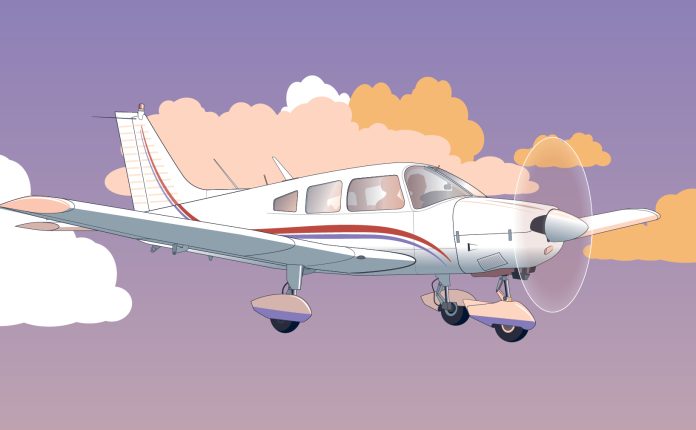Sticking to a rigid schedule when circumstances have changed is the opposite of safe flight planning.
I was building hours after my PPL and was doing a flight with some other pilots in a Piper Archer, taking a leg each.
During the pre-flight inspection, we discovered the landing light was unserviceable, which was a problem because we were coming back at night. We were given a Warrior to fly in its place. The inspection was okay and by then, we were aware we were burning daylight, so off we went.
After leaving the circuit on the climb, the door popped. We levelled off and spent about 20 minutes in a holding pattern, trying to get the door shut. When it finally closed, we returned to the field. The rest of the first leg proceeded without incident.
It was my turn in the pilot’s seat on the second leg. After dipping the tanks, I noted we had burnt considerably more fuel for the first leg than calculated. The nearest fuel available was at the scheduled second stop. Fuel calculations showed we should be able to make it with our reserve and nothing else.
But 25 minutes from the field, the left tank ran dry!
At top of climb, the left fuel gauge was falling much faster than I expected. I was in real doubt about making our next stop, but we were in the middle of nowhere, so the only option was to lean the engine as much as I dared and press on. But 25 minutes from the field, the left tank ran dry! I was probably lucky I didn’t suck up dirt from the bottom of it.
At 10 miles out, the right gauge hit the stop. As luck would have it, I was flying parallel to the highway leading into town. I made a small correction and followed the highway, expecting I’d land on it. Doing this took me to a long base leg for the field, so I followed the highway then peeled off for the circuit.
We landed without incident but when we opened the tanks, all we saw was the aluminium at the bottom.
Swiss cheese
James Reason was right: it’s never one thing that causes an accident. He visualised the combination of bad decisions, bad habits and bad luck as slices of cheese, with holes in them. When the holes line up, you have an accident or, in our case, nearly.
We had to change planes due to our first being unserviceable were running out of daylight, making us hurry to get going: cheese hole one.
Then we spent 20 minutes circling with the mixture full rich: cheese hole 2.
The next day we found out the plane we were given burns more fuel than the one we had arranged to hire: cheese hole 3.
Luckily for us, the fourth hole never opened. We landed at the airfield with just enough fuel left in the tank. If we had spent any more time up in the air, the remaining fuel would have completely burnt through, and the ATSB would be writing this story,
not me.
Lessons learnt
The main lesson here is: don’t assume anything. If we had inquired about the differences between the aircraft, we would have known about the extra fuel burn and planned accordingly.
Additionally, if you decide to enter a holding pattern to buy time to fix an issue, take a moment to consider the operational effects it might have on the aircraft.
Do you need to worry about TEMPO at your destination? Is burning additional fuel going to affect your ability to safely reach your destination? 
Flight planning is one of the special topics on our Pilot safety hub.
Have you had a close call?
Often the experience is something you’ll never forget and you’ve learnt a valuable lesson. Why not share your close call so others can learn from it too?
Articles should be between 500 and 1,000 words. Email fsa@casa.gov.au with your story or a request for a call back. If we publish your story, we’ll give you $500 for an article you’re written or $250 for a story over the phone.
Disclaimer
Close calls are contributed by readers like you. They are someone’s account of a real-life experience. We publish close calls so others can learn positive lessons from their stories, and to stimulate discussion. We do our best to verify the information but cannot guarantee it is free of mistakes or errors.






So what does this say about the slogan “Plan your flight and fly your plan”?
What fuel burn value did you use for planning? You can’t use the value optimised at altitude for planning, then say the aircraft A used more fuel than aircraft B, assuming replacement aircraft was the same model (Archer). Always use the >highest< fuel consumption number from the table in poh/afm for fuel planning. Why circling for 20mins trying to close the door in the air, especially after leveling off? What else was missed at pre-takeoff checklist: "Cabin door closed and latched"? Some good lessons learnt, good luck on your journey!